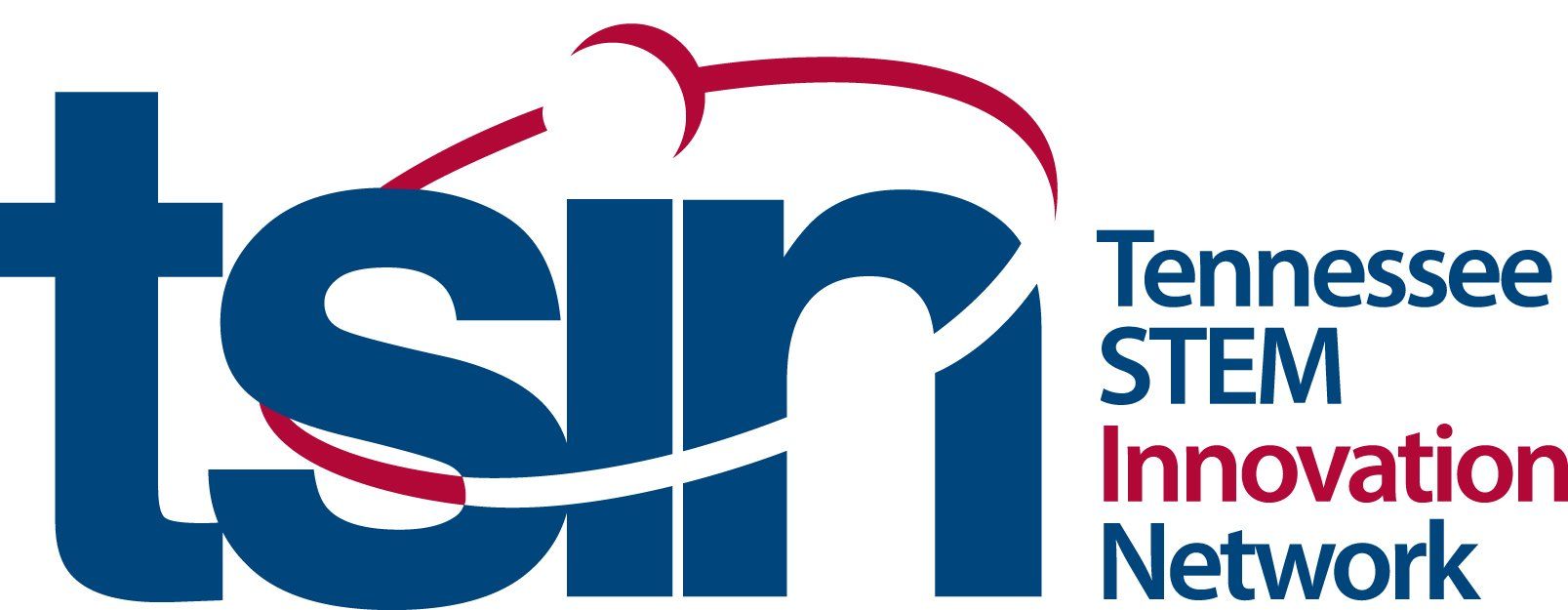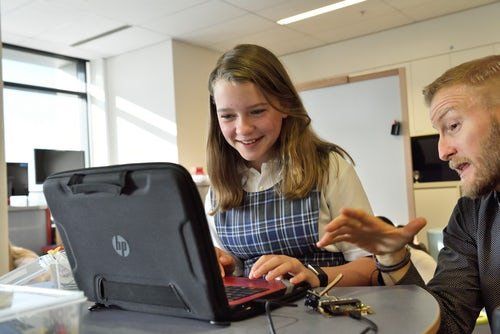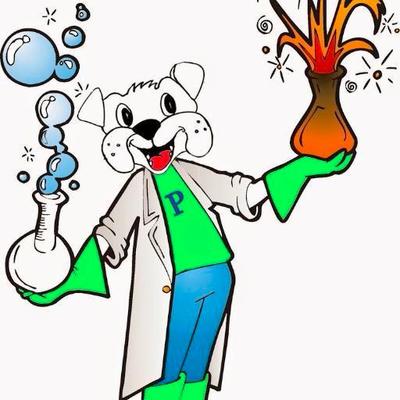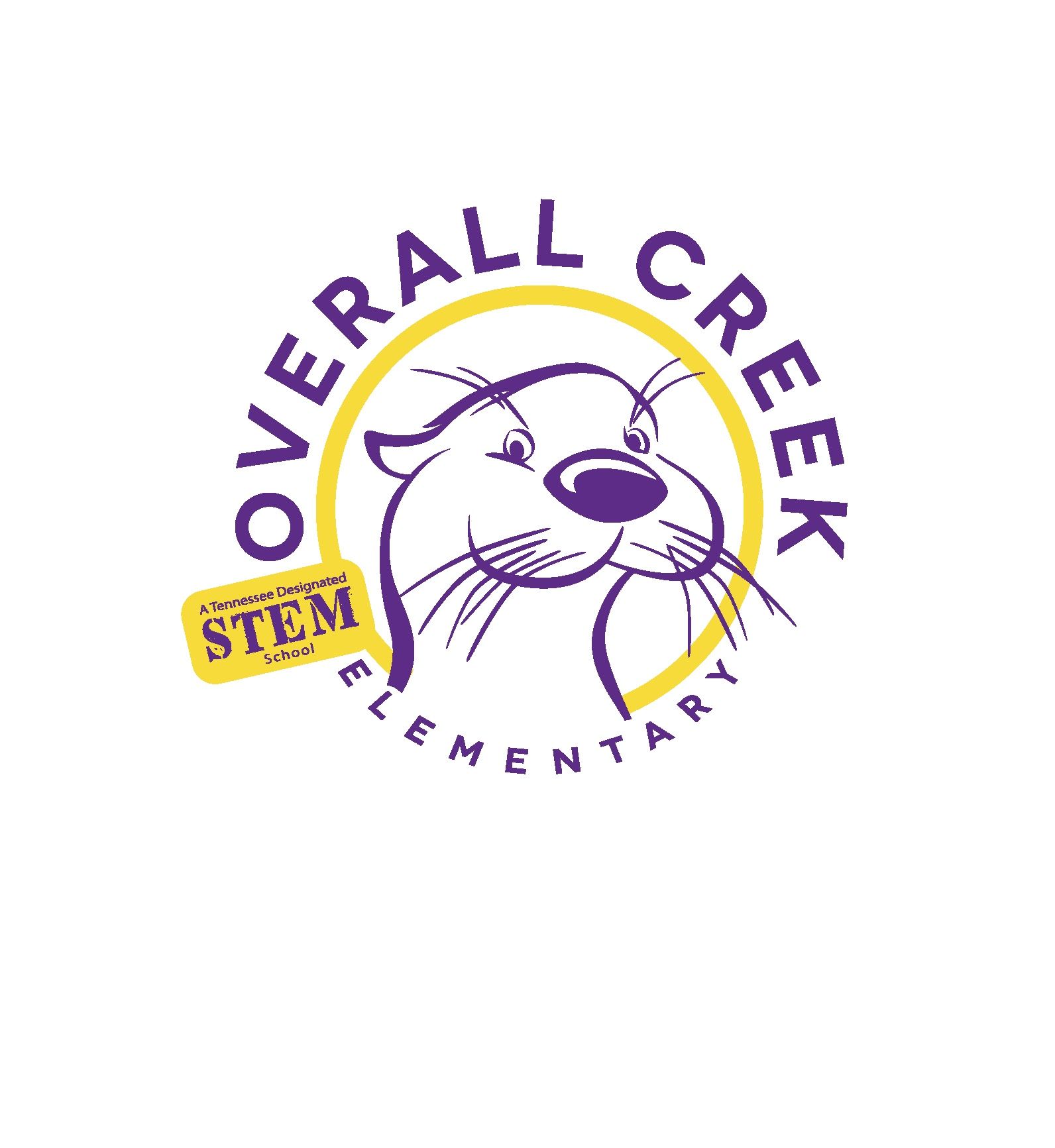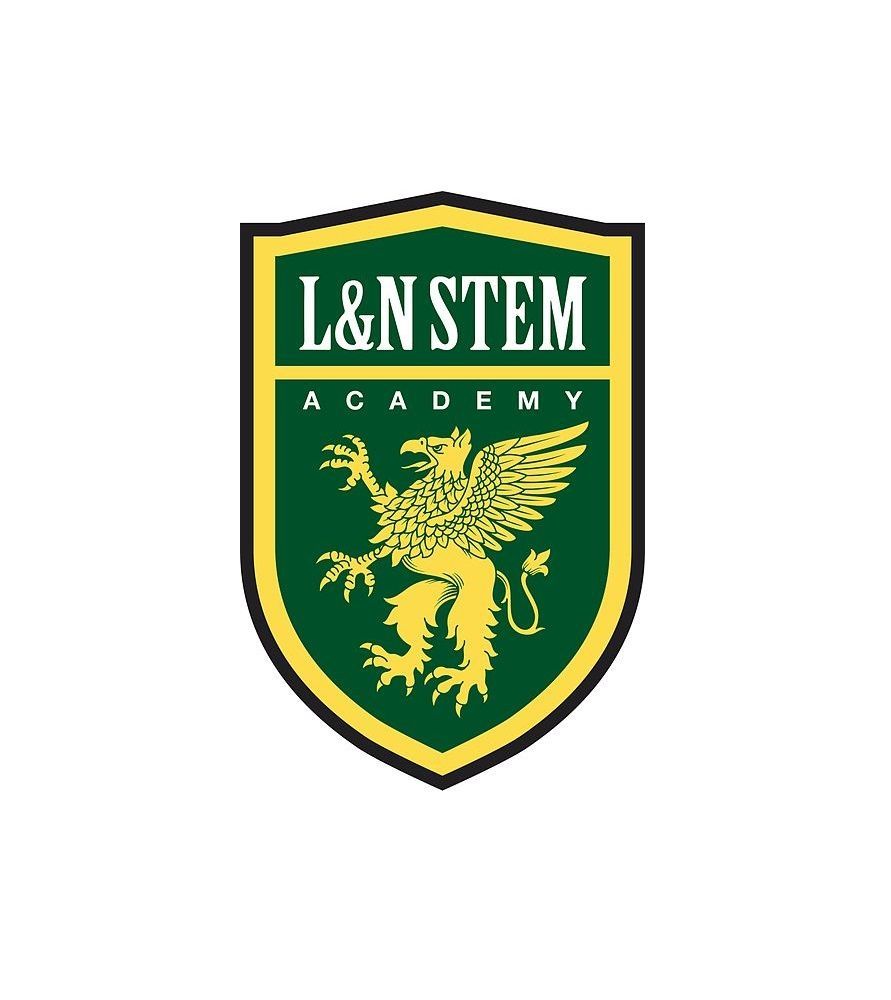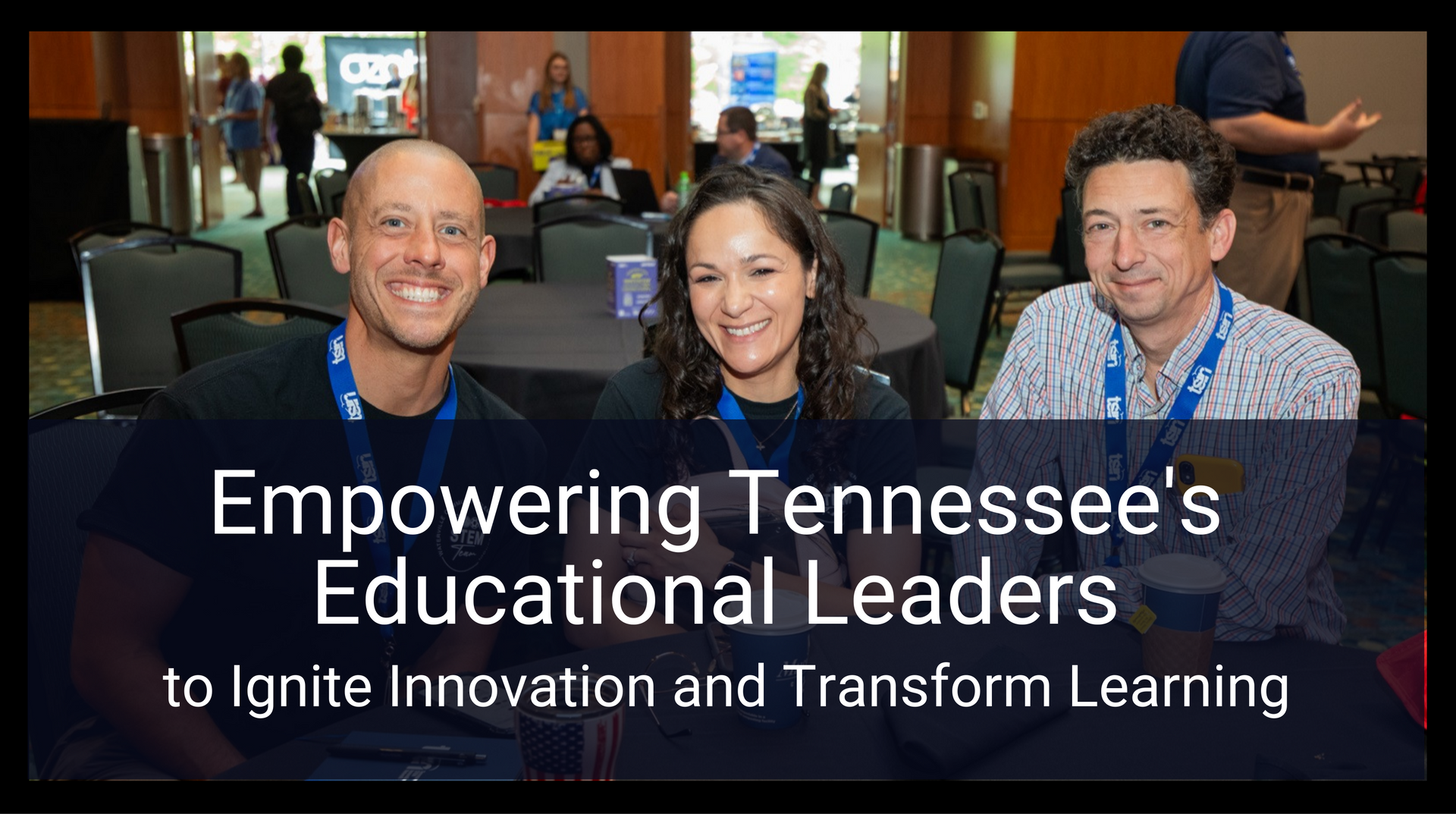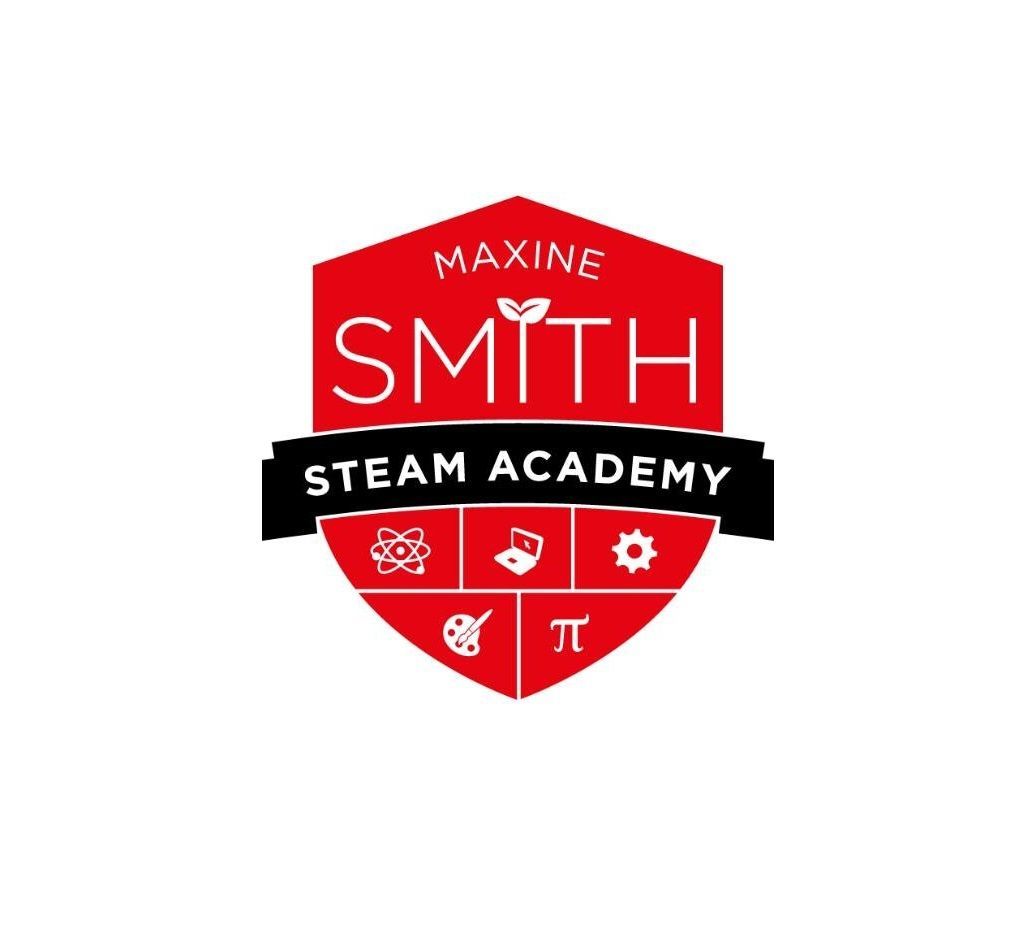All Teachers are Computer Science Teachers: A Deep-Dive into Computational Thinking in the Classroom
On June 24th and 25th, TSIN hosted three regional Digital Readiness Trainings to support educators in unpacking Tennessee’s K-8 Computer Science Standards. Embedding computational thinking skills throughout instruction was one of the major themes of the trainings. On today’s #STEMStories, we break down the concept of computational thinking and share how ALL teachers, regardless of subject taught, can help prepare students for computer science careers.
What is Computational Thinking and Why is it Important?
Computational thinking is a problem-solving process that takes inspiration from coding and computer science to enhance the way we examine problems and design solutions. This valuable skill provides a unique approach to problem-solving which is essential to many jobs of the future. By 2026, the US Bureau of Labor Statistics predicts that were will be 1.5 million computing jobs but just 400,000 students with the skills to apply for those jobs.
Though they are directly linked concepts, computational thinking is not the same as coding. Coding and computer programming tell a computer what to do and how to do it. Computational thinking is the process of thinking like a computer scientist to figure out the required steps, gaps, and opportunities to perform a specific digital function.
Think of the classic example of having kids write a recipe to make a turkey sandwich. Creating a turkey sandwich is something that seems so instinctive that critical information is often left out when writing this recipe. Most people would be able to fill in the gaps if steps were left out of the instructions. However, a computer couldn’t fill in those missing pieces. Teaching students to find those gaps and address them using critical thinking and problem solving is a form of computational thinking.
Four Components of Computational Thinking
Computational thinking is a broad concept that includes four key components that can be directly incorporated into classroom learning. Each of these components requires students to apply different critical thinking skills to solving a problem.
- Decomposition - breaking down a problem into smaller parts
- Pattern Recognition - looking for similarities within a problem
- Abstraction - identifying the important information and ignoring distracting information
- Algorithms - developing the step-by-step rules to follow in order to solve the problem
How to use Computational Thinking in the Classroom
While often connected to computer science, computational thinking principles can be incorporated across content areas. In music, students can identify an unknown note played on a chime bar using binary search methods to narrow down the options. In geography, computational thinking can be used to map out a route from one location to another. In math, decomposition can help students approach complex problems. In Language Arts, students can use pattern recognition when studying poetry. Most likely, your students are already using forms of computational thinking without realizing it. Specifically calling out the connections between classroom learning and computational thinking can support cross-disciplinary computer science instruction. While all educators may not directly teach coding, embedding computational thinking skills is an important step towards ensuring that Tennessee’s students are future ready and prepared to fill the jobs of tomorrow.
